摘要:数字电位器与机械式电位器相比具有许多优势,例如,具有更低的系统成本、能够改善系统的可靠性以及提高系统的灵活性等。本文介绍了使用数字电位器的优、缺点,并对两者进行了性能对比。
机械式电位器(电位计)是可变电阻,长期用来调节系统的失调和增益、设置LCD的对比度电压、调节电源电压 ― 这些只是众多应用中的少数几种。目前,利用螺丝刀进行模拟调节的方式正逐步被淘汰,这种方式的成本较高,而且存在人为误差。针对当前市场,用数字电位器替代机械式电位器将会为产品带来极大的竞争力。数字电位器能够提高产品的可靠性,另外,由于消除了高成本、存在一定问题的手工调节,简化了生产流程。可以很容易地降低产品成本,提高装配速度。通常情况下,用数字电位器替代机械式电位器,可以得到完美的解决方案,但在考察系统是否适合这种升级时需要注意几个方面的问题。
数字电位器无法提供无限的分辨率,但是,对以给定的应用,如果选择分辨率足够高的数字电位器,则可表现出近似连续的性能。另外,数字电位器所提供的分辨率是经过指标测试的,非常可靠,而且是有保证的。
数字电位器能够提供高可靠性、高品质的解决方案。当然,这种方案在实际应用中也会存在一定的限制。
数字电位器的抽头和端点受限于电源电压的摆幅,有些设计可能采用2.7V至5.5V电源供电,而有些设计则采用±15V供电。任何情况下,端点电压必须保持在IC的工作电压范围以内。在改变设计时须注意确保端点电压不超出电源电压的范围,必要时也可以使用简单的电阻分压器。
数字电位器有易失和非易失两种,对于易失电位器,一旦器件掉电,电位器的调节位置将丢失。这时,有可能需要使用外部EEPROM、闪存或其他类型的非易失存储器。非易失数字电位器芯片内包含了这种存储器,一般为EEPROM,在断电时用于存储电位器的设置。
此外,数字电位器需要在加电条件下进行调节和工作,没有加电的情况下不具备电阻功能。
比较机械式电位器与数字电位器的成本时,需综合考虑实际使用成本。如果考虑到安装成本、与物力调节有关的操作以及潜在的保修成本,数字电位器不愧为一种低成本的解决方案。在需要多个数字电位器的场合,成本还会进一步降低。表1列出了数字电位器与机械式电位器之间的性能对比。
表1. 数字电位器与机械式电位器
|
|
分辨率
机械式电位器的分辨率从理论上讲是无限的,但实际效果则取决于调节人员的熟练程度。具体的熟练程度因人而异,不同时间也会得到不同结果,有时实际得到的分辨率会很低。调节一个“1圈”的电位器时很容易产生抖动,而“10圈”的电位器则会减少抖动。数字电位器无法提供无限的分辨率,但是,对以给定的应用,如果选择分辨率足够高的数字电位器,则可表现出近似连续的性能。另外,数字电位器所提供的分辨率是经过指标测试的,非常可靠,而且是有保证的。
限制
机械式电位器,滑动端连接在一个电阻元件上,当它沿着元件的长度移动时阻值发生变化。为了确保设备可靠工作,滑动端在产品有效期内必须保持与电阻元件的良好接触。机械式电位器在密封的封装内可以为滑动端提供良好的保护,但这无疑提高了产品的成本。另外,这种机械式连接从本质上容易受振动、冲击、湿度和压力等因素的影响。数字电位器能够提供高可靠性、高品质的解决方案。当然,这种方案在实际应用中也会存在一定的限制。
数字电位器的抽头和端点受限于电源电压的摆幅,有些设计可能采用2.7V至5.5V电源供电,而有些设计则采用±15V供电。任何情况下,端点电压必须保持在IC的工作电压范围以内。在改变设计时须注意确保端点电压不超出电源电压的范围,必要时也可以使用简单的电阻分压器。
数字电位器有易失和非易失两种,对于易失电位器,一旦器件掉电,电位器的调节位置将丢失。这时,有可能需要使用外部EEPROM、闪存或其他类型的非易失存储器。非易失数字电位器芯片内包含了这种存储器,一般为EEPROM,在断电时用于存储电位器的设置。
此外,数字电位器需要在加电条件下进行调节和工作,没有加电的情况下不具备电阻功能。
比较机械式电位器与数字电位器的成本时,需综合考虑实际使用成本。如果考虑到安装成本、与物力调节有关的操作以及潜在的保修成本,数字电位器不愧为一种低成本的解决方案。在需要多个数字电位器的场合,成本还会进一步降低。表1列出了数字电位器与机械式电位器之间的性能对比。
表1. 数字电位器与机械式电位器
| Feature | Digital Pot | Mechanical Pot |
| Resolution | 32 to 256 steps are available at this time. | Theoretically, this is infinite, though limited by the skill level of the pot adjuster. |
| Common-mode limitations | This is presently limited to the power-supply rails. | This is limited to the breakdown voltages of the wiper/dielectric. |
| Unpowered operation | This only functions when power is applied to the device. | These are functional without power, though utility may be limited. |
| Durability | The number of adjustment cycles is infinite, though nonvolatile devices may have EEPROM-write limitation. | The number of adjustment cycles is finite, and depend on the manufacturer/design. |
| Environmental concerns | Generally, these are very durable. | Depending on the design, some are very susceptible to vibration, shock, humidity, and pressure. |
| Setting retention | The setting is retained with the use of either external or included EEPROM/flash memory. | The setting is retained without power. More permanent retention can be obtained by the use of a glue dab, which is difficult to remove for subsequent adjustments. |
| Adjustment procedure | A 2-or 3-wire serial digital interface typically allows a MCU (or user) to adjust the pot. Also available are increment/decrement interfaces that do not require MCU intervention. | Typically a screwdriver is used to adjust the pot until the desired set point is read on a voltmeter or similar. |
| In-use pot adjustment | The MCU or user can adjust the pot as desired during operation. This can be helpful in automatically adjusting references, thresholds, etc. | If the set screw is not glued, a screwdriver may be used to adjust the pot manually. |
| Scaling | Linear and log are available. | Linear and log are available. |
| Temperature correction | Several digital pot designs include a temperature sensor and NV memory to provide a lookup-table-adjusted pot output over temperature. | Temperature-based adjustment is not possible. |
| Cost | The cost of the pot, plus the savings from eliminating a manual adjustment procedure and from lower rework/lower warranty repair cost, results in an overall cost savings. | Mechanical pots are inexpensive. However, the total overall cost will be higher due to the labor needed to make the adjustment, the possibility of adjustment error, and the cost of warranty repairs. |
 电子发烧友App
电子发烧友App










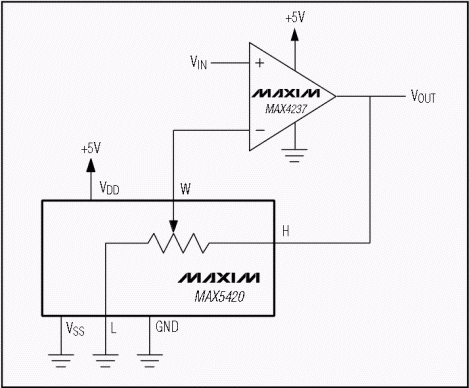
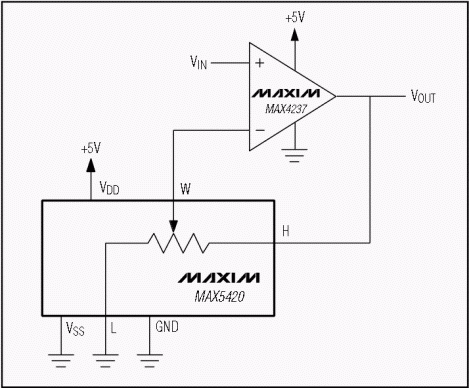
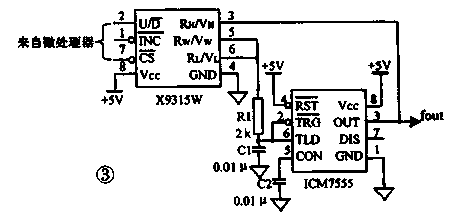
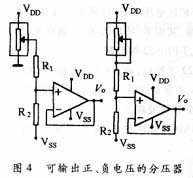


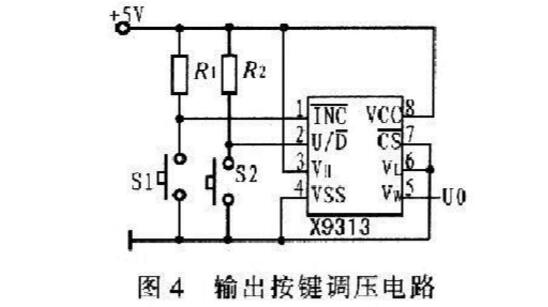



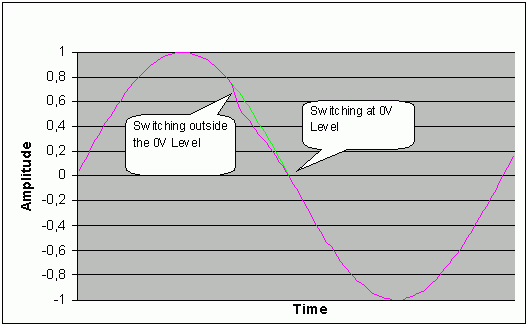
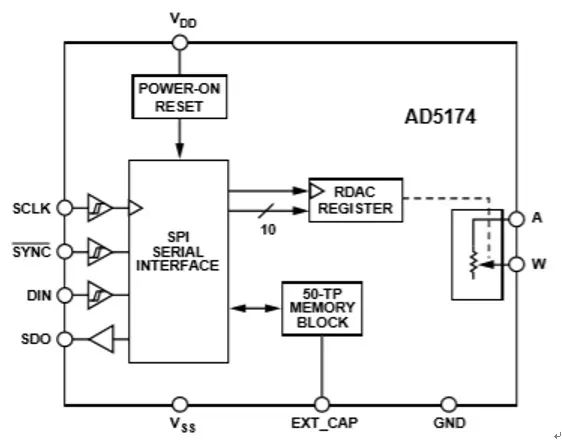
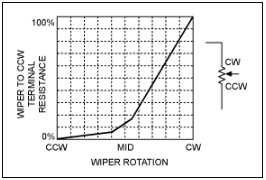
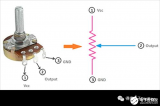
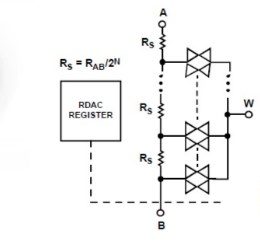










评论